Oct 28, 2025 10:47 AM
In Memoriam: Jack DeJohnette, 1942–2025
Jack DeJohnette, a bold and resourceful drummer and NEA Jazz Master who forged a unique vocabulary on the kit over his…
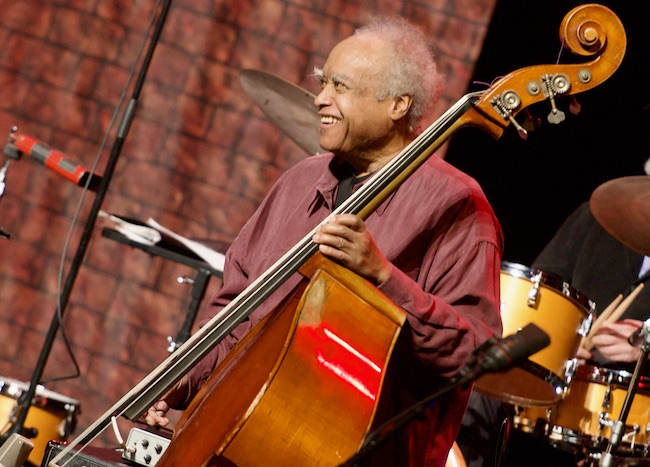
Drummond was cherished by generations of mainstream jazz listeners and bandleaders for his authoritative tonal presence, a defining quality of his style most apparent when he played his instrument unamplified.
(Photo: RI Sutherland-Cohen)Ray Drummond, a first-call bassist who appeared on hundreds of albums as a sideman for some of the top names in jazz since his arrival on the New York scene in 1977, as well as more than 10 recordings as a leader or co-leader, died Nov. 1 at age 78. In addition to his reputation as a supportive rhythm section player with impeccable timing, spot-on pitch, a relentlessly swinging groove and a vast knowledge of standards and bebop repertoire, Drummond was cherished by generations of mainstream jazz listeners for his authoritative tonal presence, a defining quality of his style most apparent when he played his instrument unamplified. Nicknamed “Bulldog” (a fitting sobriquet borrowed from the British movie detective Bulldog Drummond), he was also widely admired in the jazz community for his work as a composer, arranger, bandleader, educator, mentor and producer.
Drummond’s early years in New York found him working with the city’s top straightahead jazz artists, including Johnny Griffin, Slide Hampton and Lee Konitz. He quickly became a sought-after sideman for the likes of Kenny Barron, Art Farmer, Wynton Marsalis, Benny Golson, Freddie Hubbard, George Coleman, the Thad Jones/Mel Lewis Orchestra, Toshiko Akiyoshi, Etta Jones, Betty Carter, Woody Shaw, Milt Jackson, Hank Jones, Pharoah Sanders, Houston Person, Kenny Burrell, Stan Getz, Toots Thielemans, Ray Bryant, Phil Woods, Peter Leitch, David Murray and Benny Golson. As new generations of jazz luminaries began to appear on the New York scene, he found himself working with Bill Charlap, Joe Locke, Steve Wilson, Paul Bollenback, Benny Green, Jessica Williams, Rob Schneiderman, Jeanie Bryson and numerous others.
As a leader, Drummond’s three main groups included Excursion, an all-star quintet that found woodwind players David Sanchez, Craig Handy and Joe Lovano, pianists Stephen Scott and Danilo Pérez, drummers Billy Hart and Marvin “Smitty” Smith, and Senegalese percussionist Mor Thiam among its ranks; The Quartet with Hart, Scott and Handy; and One To One with West Coast pianist Bill Mays. Additionally, he co-led The Drummonds, featuring drummer Billy Drummond and pianist Renee Rosnes. His bands performed frequently at New York’s Village Vanguard and toured the U.S. making appearance at festivals and colleges. In 1998 Drummond was a resident artist at the Monterey Jazz Festival, where he was commissioned to write a piece for his Excursion band.
The son of an Army colonel, Drummond was born on Nov. 23, 1946, in Brookline, Massachusetts, and was a long-time resident of Teaneck, New Jersey. He took up the bass at age 14, after starting on trumpet and French horn. He attended 14 different schools around the world, and after his family settled in California, Drummond earned a bachelor’s degree in political science and an MBA from Stanford University near San Francisco, where he performed with Bobby Hutcherson, Michael White, Tom Harrell and Eddie Marshall, among others, before choosing music as a full-time career and moving to New York.
Drummond began teaching in 1975 as a faculty member of Monterey Peninsula College Music Department in Monterey, California. He taught master classes, seminars and workshops all over the world, including Stanford Jazz Workshop (two times as a master resident), the Berklee School of Music, Purdue University, University of Nebraska/Lincoln, the University of Massachusetts and the Sibelius Academy of Music in Helsinki, Finland. For years he commuted from his home in Teaneck to Monterey Bay, where he served as Assistant Professor of Jazz, Theory and Practice at California State University.
“If New York City is indeed the central nervous system of jazz, then it must be stated that Ray Drummond was one of the fibers that sent out messages to the body,” bassist Christian McBride posted on social media following Drummond’s passing. “When I moved to NYC in 1989, it was not uncommon to see ‘Bulldog’ working three weeks in a row at Bradley’s, followed by a week at the Village Vanguard, followed by a week at the Village Gate, followed by a few nights at Zinno’s. … I mean, he really was the first bassist I thought of as omnipresent. He was so incredibly helpful to me when I first came to town. He was always with open arms. I would sit with him after he’d play a set at Bradley’s, and he’d talk to me about strings, chords, scales, etc. It was always crazy to me that I’d see him working with Barry Harris, John Hicks, Kirk Lightsey, Mulgrew Miller, Kenny Barron, Danny Moore, Benny Green, whoever — I never saw the man stumble on the changes of any standard. Next to Bulldog, there’s only one bassist who I ever saw play that many standards (especially ballads) with flawless ease of progression recall. His name? Ray Brown.”
Benny Green considered Drummond to be like a pianist’s “third hand” in the way the bassist heard and understood his session mate’s playing in the moment. “Ray Drummond was just about the workingest bassist in NYC between the mid 1970s and late 1990s,” Green wrote in a social media post. “His career certainly didn’t begin or end there, but over the seasons, I’ve seen bassists and drummers go from being in vogue and heavily in demand, to becoming virtually forgotten. … Every bassist of my generation who I’ve spoken with about Ray shares utmost respect for his soloist abilities. Too often, the bassist solos last in sequence, but like Christian McBride or Peter Washington or Robert Hurst, Ray will wipe-out all the soloists who preceded him, taking no prisoners each and every time.”
Saxophonist Steve Wilson remembered Drummond as “incredibly brilliant, articulate, congenial, and one of the most melodic and inventive bassists we’ve ever had in this music.”
Pérez noted how “Drummond’s bass carried a depth and truth that could anchor a whole band — steady, soulful and full of heart. His sound, compositions and spirit will keep resonating through his colleagues, our community, and all who were touched by his music, generosity and light.”
Pianist Ethan Iverson, an aficionado of jazz history and musician lore, volunteered four albums of recommended listening from Drummond’s vast recorded output: Johnny Griffin’s The Return Of The Griffin (1978) with Drummond, Ronnie Mathews and Keith Copeland; Tom Harrell’s Moon Alley (1985) with Drummond, Barron, Kenny Garrett and Ralph Peterson Jr.; John Hicks/Ray Drummond’s Two Of A Kind (1986), recorded at Bradley’s in New York; and Hank Jones/Ray Drummond/Billy Higgins’ The Essence (1991), also live from Bradley’s.
Drummond is survived by his wife, Susan, and his daughter, Maya. DB

Jack DeJohnette boasted a musical resume that was as long as it was fearsome.
Oct 28, 2025 10:47 AM
Jack DeJohnette, a bold and resourceful drummer and NEA Jazz Master who forged a unique vocabulary on the kit over his…
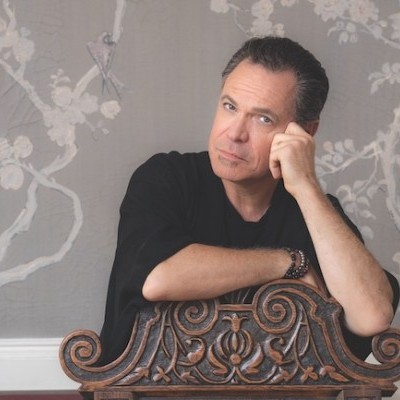
“Think of all the creative people I’m going to meet and a whole other way of thinking about music and a challenge of singing completely different material than I would have sung otherwise to my highest level in dedication to the moment,” Elling says about his Broadway run.
Sep 9, 2025 1:18 PM
Kurt Elling was back at home in Chicago, grabbing some family time in a late-June window between gigs. Sporting a smile…
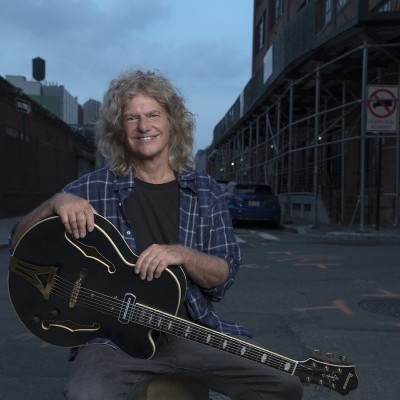
Pat Metheny will perform with his Side-Eye III ensemble at Big Ears 2026 in Knoxville, Tennessee, next March.
Sep 9, 2025 12:19 PM
Big Ears has announced the lineup for its 2026 festival, which will take place March 26–29 and include 250…
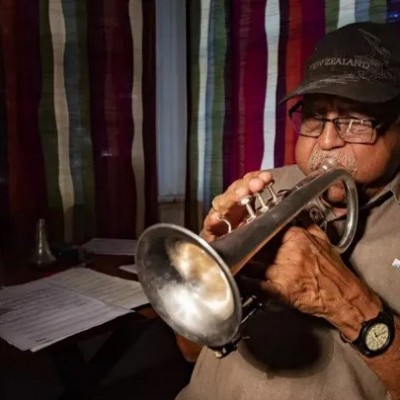
“[That’s] the thing of the beboppers,” Bradford said. “These guys were important for not only playing that wonderful music, but they knew a sort of social stance, you see?”
Sep 9, 2025 1:07 PM
It was a calm, balmy, near-perfect evening in Westwood, California, not far from UCLA, in the expansive courtyard at…
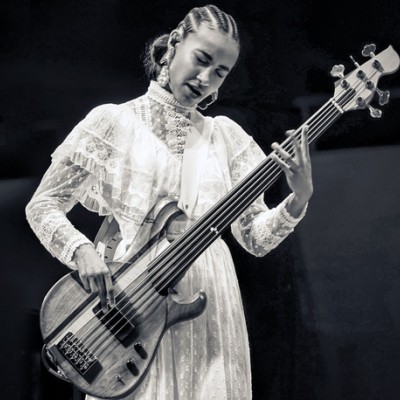
Esperanza Spalding closed an audacious Chicago Jazz Festival set with “Endangered Species.”
Sep 9, 2025 11:50 AM
The 45th Chicago Jazz Festival kicked off its headline events with two erudite individuals, Esperanza Spalding and…